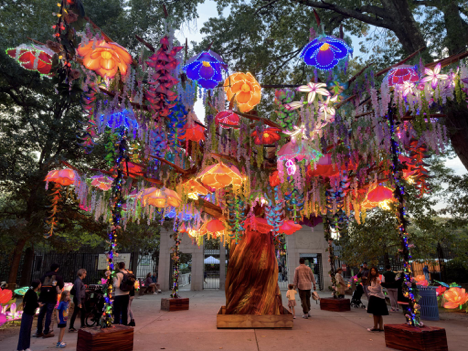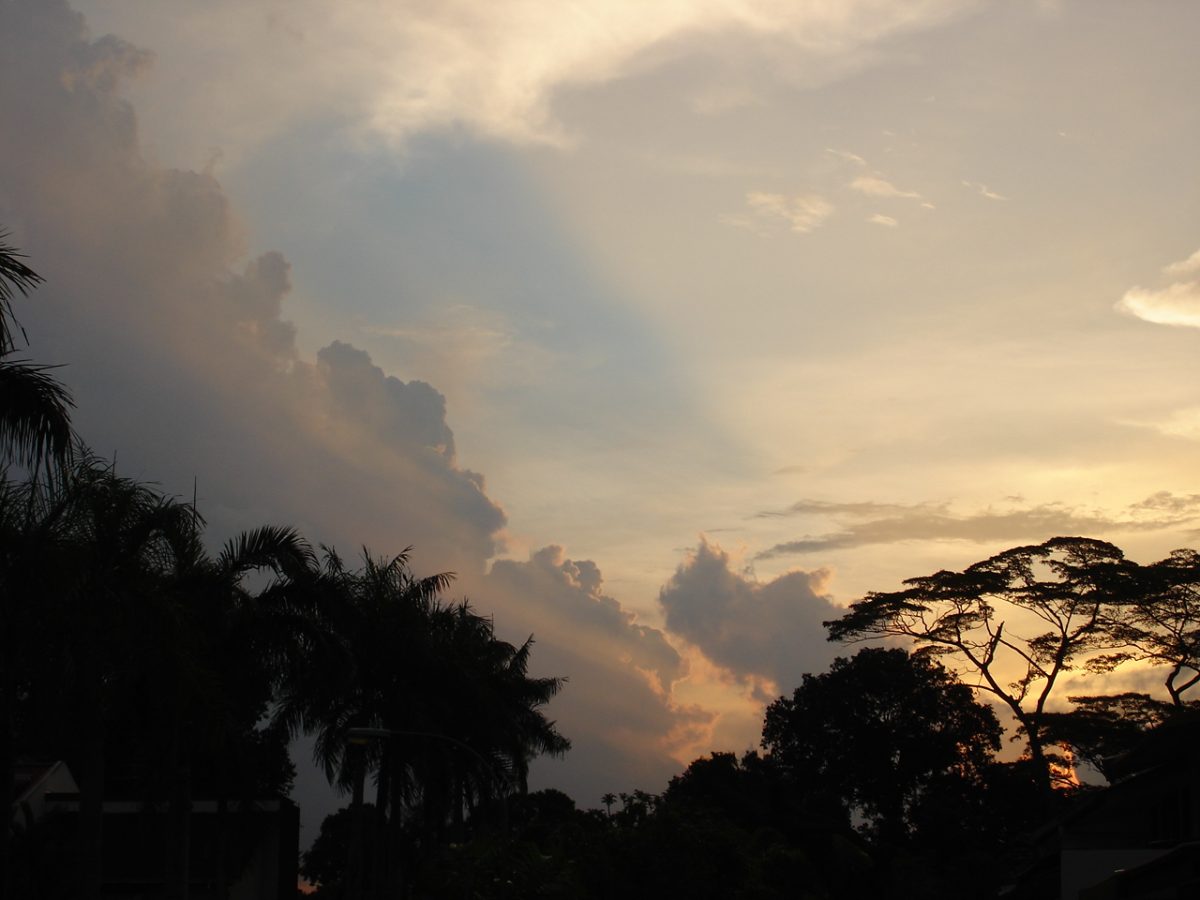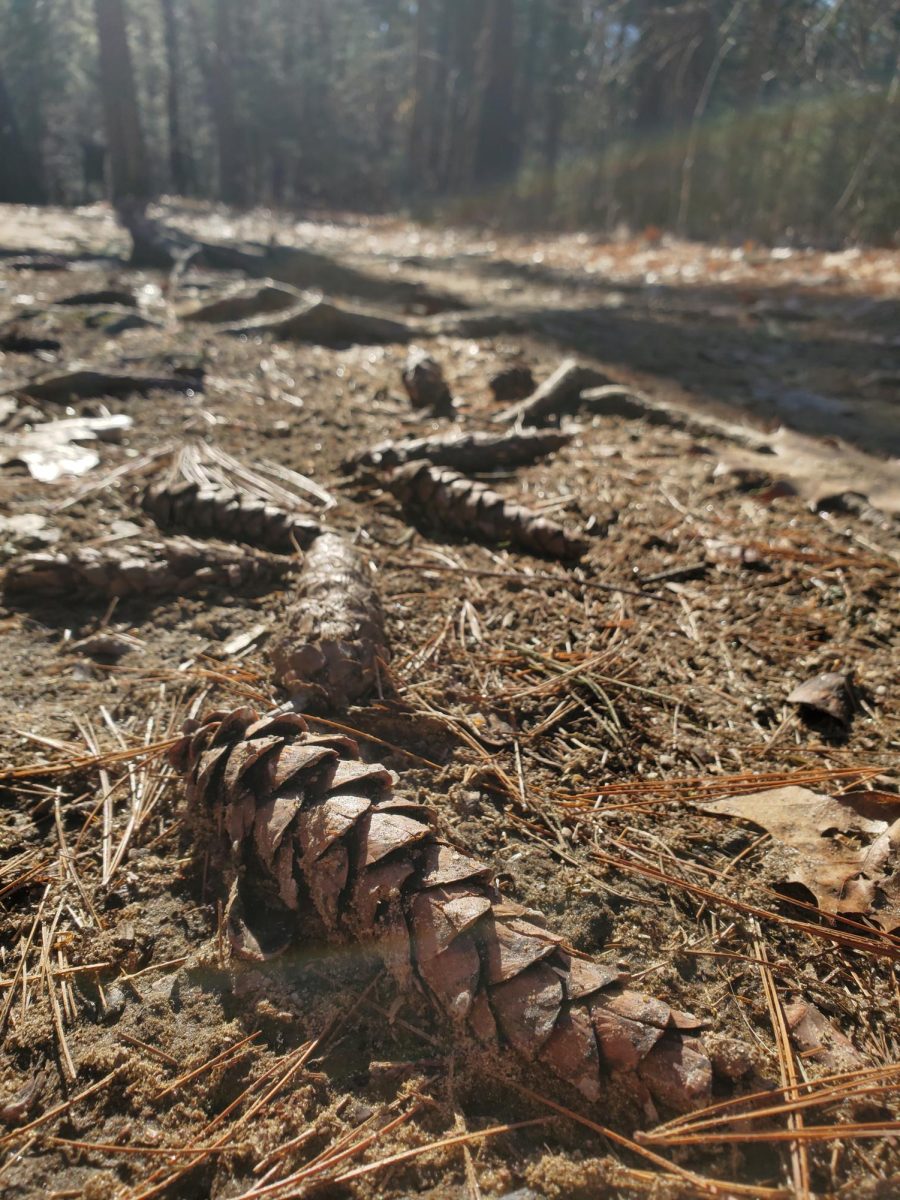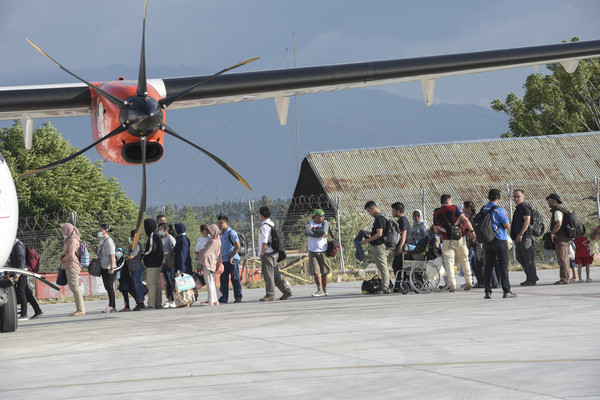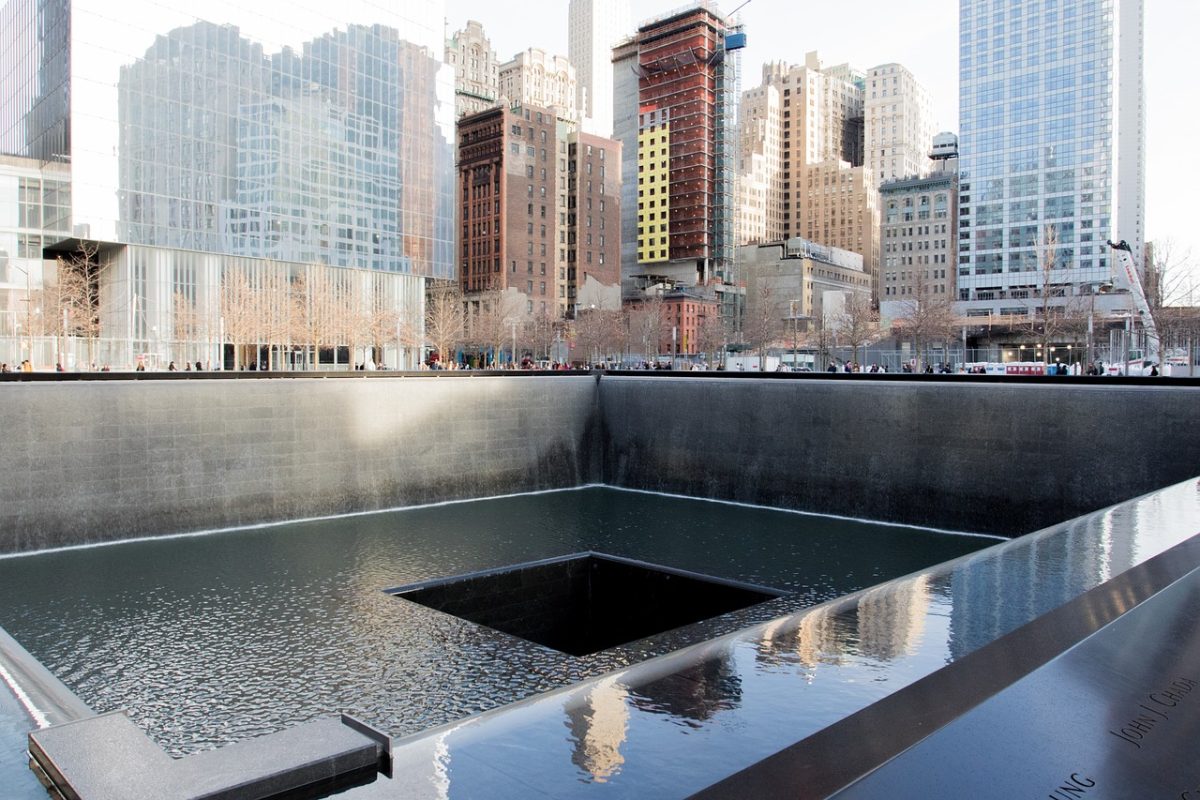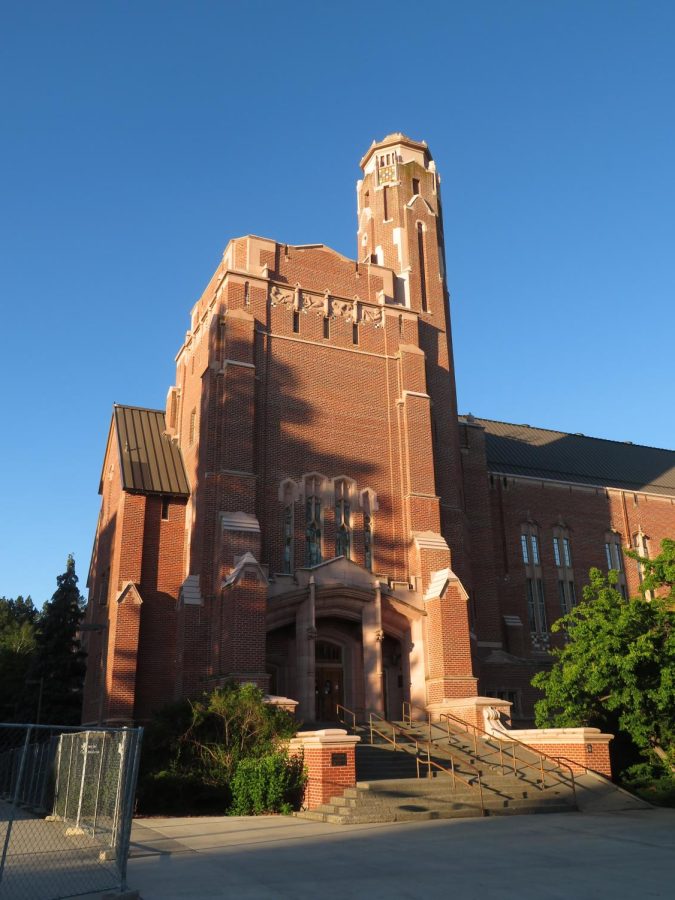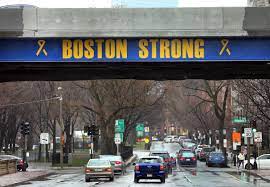Sept. 28, 2018 marks the most recent earthquake and tsunami in Central Sulawesi. This 7.5 magnitude earthquake and 20 foot tsunami killed at least 1,700 people. Residents of Hungry were left begging for aid, large crowds formed at the airport, and mass jailbreaks left prisoners free at last.
The official report from Indonesia’s National Disaster Management Agency stated the disaster resulted in the death of 832 people, 821 from Palu City, and 11 from Donggala. Another 540 are injured, 29 are missing, and in addition, 16,732 people have been misplaced. The number of deaths is expected to increase as there are many people still buried under collapsed buildings.
After several days with little equipment to clean up the mess, President Joko Widodo welcomed international aid. At some of the unruly sites, workers were forced to work by hand to pull apart collapsed chunks of rubble.
“The situation in the affected areas is nightmarish,” said Jan Gelfand head of the International Federation of the Red Cross and Red Crescent Societies.
At least 2,500 homes in the region were destroyed; some buried in mud when the earthquake caused the ground to flow like liquid, a process called liquefaction, the spokesman of the disaster response agency said.
Concern about aftershocks were revived on Tuesday morning, when a 6.0 earthquake hit Sumba island approximately 1,000 miles south of Palu.Shortly before the Sumba earthquake, Donggala was hit by an aftershock measuring at 5.3. Many residents concerned about an aftershock camped out in huts in front of what used to be their homes. Médecins Sans Frontières will provide updates on further developments.








